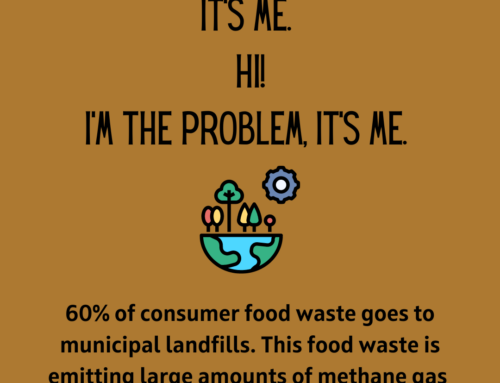I was in Philadelphia a couple of weeks ago where the Academy of Food and Nutrition held its annual conference and expo. There were thousands of RDs and nutrition professionals there, working in a variety of industry: Clinical nutrition, school nutrition, media (freelance writers, authors, television), community nutrition, hospital food service, business and communications, and health technology, just to name a few!

As a consultant to the Corn Refiner’s Association, and sugar-science-lover, I attended several of the sessions that covered high fructose corn syrup (HFSC). “Added Sugars and Sweeteners: A Panel Discussion”. “Fructose, Sucrose and HFCS: Danger or Distraction”, and “High Fructose Corn Syrup: Myth or Science”. These were all hot topics, since chairs filled quickly and it was standing room only!
The first, “Added Sugars and Sweeteners: A Panel Discussion” took a look at how consumers view high fructose corn syrup at the grocery store, as well as how school food service managers plan school lunch menus that comply with their budgets and federal guidelines. Both panelists (registered dietitians, one working for a grocery store and the other in school food service, were not consultants of the Corn Refiner’s Association) presented information about how sugars are perceived both at the grocery store and at schools. Each agreed that HFCS is no worse than sugar, and that the dietary goal needs to be ‘consume less sugars overall’. At the grocery store, Caroline Whitby, MS, RD, LDN, a corporate dietitian and manager of Dietitian Initiatives for Giant Eagle, Inc, says consumers are looking for some convenience and good nutrition. In supermarkets, educated choices help consumers create a healthier diet. She educates consumers about the whole product, and explains that while some foods contain HFCS, it’s the total amount of sugar on the label that she wants consumers to be aware of, not the source. Consumer surveys have shown that consumers are not worried about high fructose corn syrup, especially when they are educated about the sugar science of HFCS as compared to table sugar. In the school food service area, strides have been made to reduce sugar by providing flavored milks that are lower in sugar. Many children will accept flavored milk as their lunch beverage over white milk. Flavored milk provides the same protein and calcium as white milk, and if kids will drink it, it’s win-win.
In Dr. Rippe’s session, he debunked several myths, concluding that there’s lots of research out there that fails to establish cause and effect, but instead eludes to associations, often to fructose, and not HFCS. He emphasized that HFCS does not contribute to fatty liver disease, is metabolically equivalent to sucrose, and that it doesn’t play a role in causing obesity. Dr. Rippe’s take: “Obesity is a quantity issue: We eat too much of everything!” While obesity rates continue to rise, intake of both HFCS and sugar have declined. Dr. Rippe delivered a similar talk to biochemists and physicians at the Experimental Biology conference last spring.
It’s hard to argue with good science. We have to keep emotions out of the equation, and consider the facts. Sugar is sugar. If you enjoy biochemistry, check out this video of Q&A for another interesting take from the scientists themselves at last spring’s Experimental Bio conference.
I was a nutrition consultant to the Corn Refiner’s Association when this published, but my thoughts and opinions are my own.




